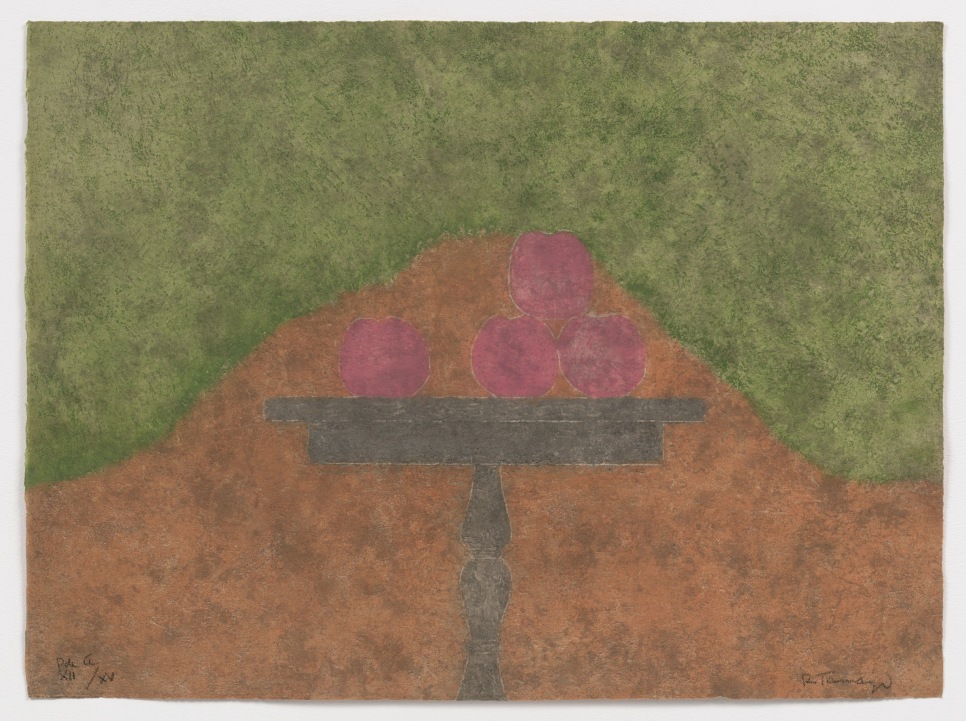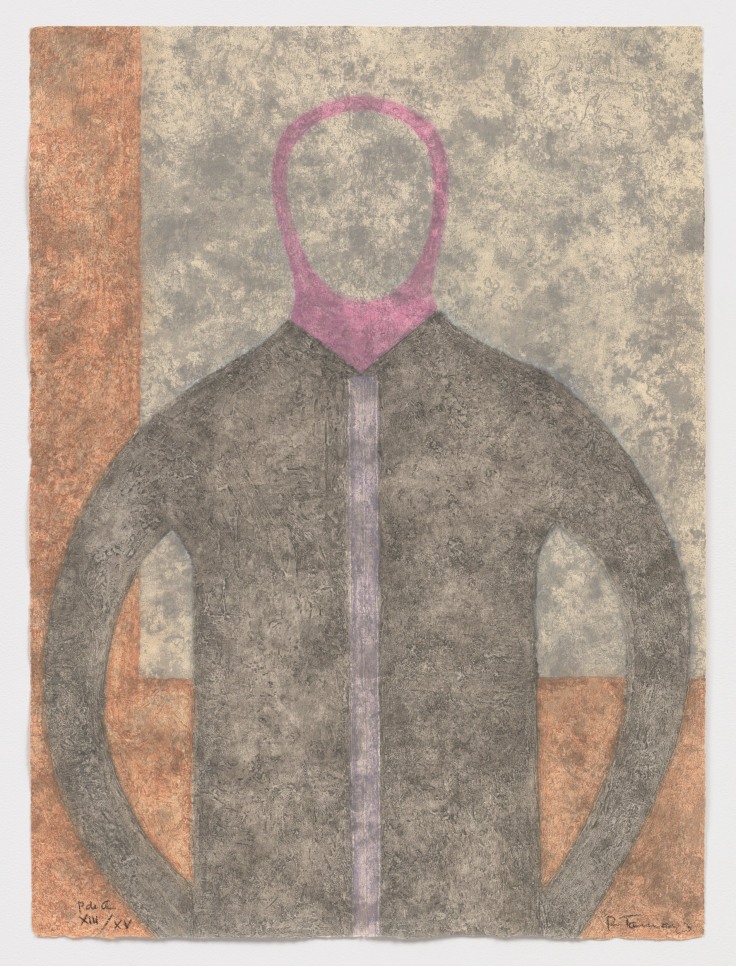
About
Rufino Tamayo was born in Oaxaca de Juarez, Mexico in 1899 into a family of indigenous Mexicans known as Zapotecs. He was incredibly proud of his cultural heritage and ethnic background. His early works were strongly influenced by this heritage in combination with Cubist, Impressionist, surrealist, and Fauvist styles.
When the Mexican Revolution came to an end in 1920, Tamayo resented the overtly political art produced and instead desired for Mexico to return to its pre-revolution tradition. His strong political opinion, which criticized the Revolution, made him unpopular among his fellow Mexicans. Tamayo moved in New York City in 1926 with the hopes of being able to better express himself artistically.
Known for his use of vivid color and figurative style, he produced many woodcuts, lithographs, etchings, and “Mixografia” prints between the years of 1925 and 1991. “Mixografia” was a new medium created by Tamayo that added three-dimensional textural effects to prints. He was a member of the Liga de Escritores y Artistas Revolucionarios (LEAR) which supported Mexican Artists who produced work in response to the Mexican Revolution.
Tamayo founded the Museo Tamayo Arte Contemporaneo in Mexico City which houses his contemporary art collection and the Museo Rufino Tamayo in Oaxaca, Mexico which houses his collection of pre-Colombian art. His works have been exhibited at numerous international institutions including the Guggenheim Museum in New York, New York; Naples Museum of Art in Naples, Florida; The Museo Nacional Centro de Arte Reina Sofia in Madrid, Spain; and the Phillips Collection in Washington, DC.

